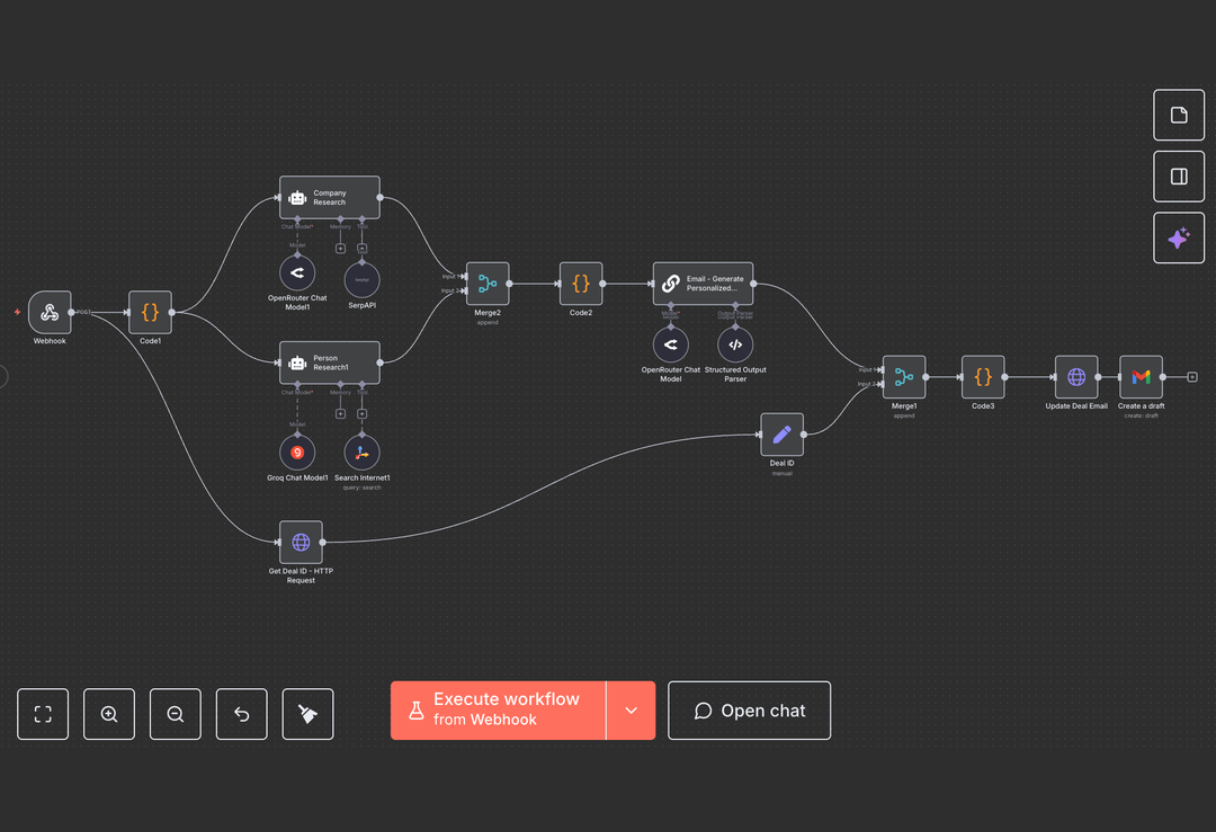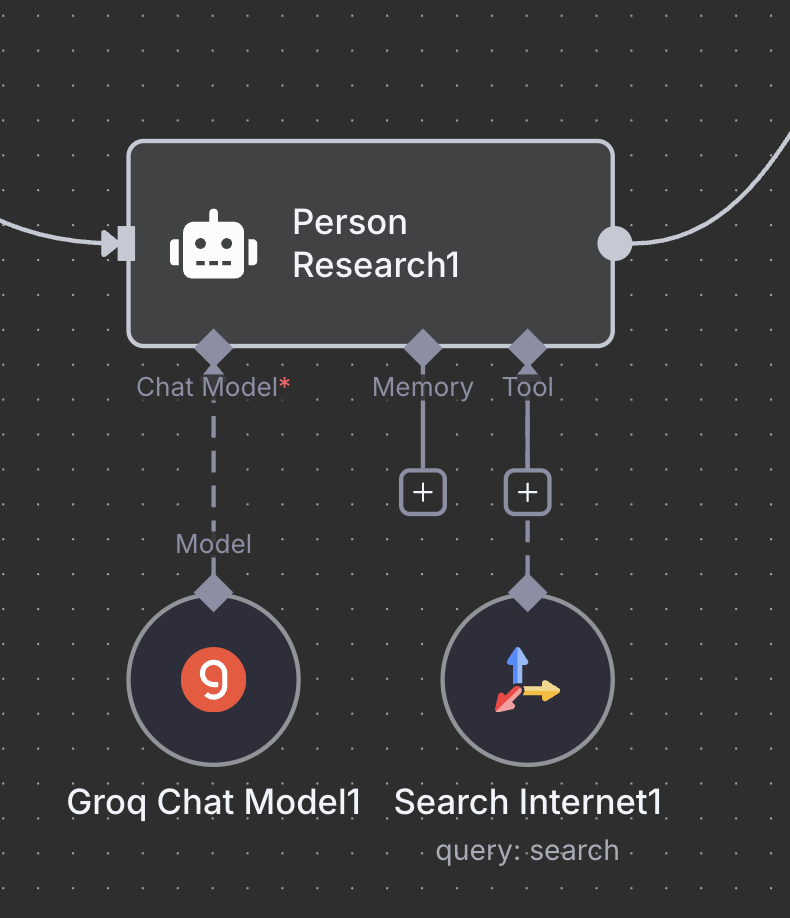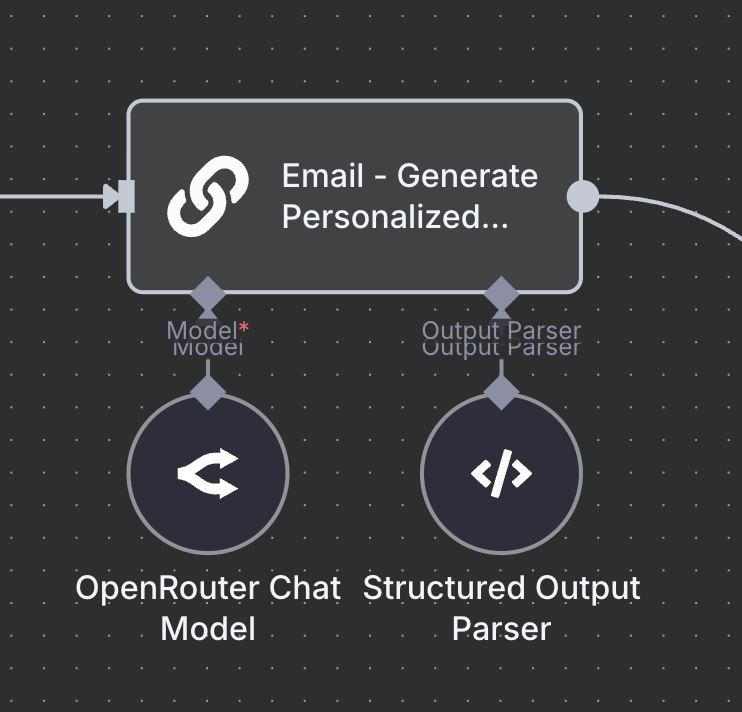Case Study: Lead Agent Online Researcher

Automated Lead Nurturing: From Cold Outreach to Personalized Engagement
This case study outlines a workflow designed to transform generic cold outreach into a highly personalized and effective lead nurturing system. By leveraging a multi-agent approach, this automation goes beyond basic mail merge to generate custom emails that are deeply relevant to each individual recipient.
The Problem
Traditional lead generation often relies on sending a single, static email template to a large list of contacts. This "spray and pray" method is inefficient and often results in low engagement, poor conversion rates, and a high volume of uninspired, easily ignored emails. The core challenge is a lack of personalization at scale. Manual research for each lead is time-consuming and not feasible for a growing business. The goal was to build a system that could automate this deep-dive research and leverage it to craft a compelling, tailored message.
The Solution: A Multi-Agent Workflow
The solution is an automated workflow that uses a trigger and two specialized AI agents to perform in-depth research and draft a personalized email. The workflow is designed to mimic the manual process of a sales representative, but with the speed and efficiency of an automated system.
1. The Trigger
The workflow is initiated by a trigger, such as a new lead appearing in a CRM or a new entry in a spreadsheet. This trigger provides the two essential data points: the individual's full name and their business name.
2. The Research Agents
Upon activation, the workflow splits into two parallel research paths.
- Agent 1: Personal Research: This agent's sole purpose is to research the individual. It searches for public information, such as their professional background, recent achievements, articles they've written, and public-facing social media activity. The goal is to understand their role, their recent work, and what they care about professionally.

- Agent 2: Business Research: Concurrently, the second agent researches the business. It analyzes the company's website, recent press releases, product offerings, market position, and stated challenges. The goal is to understand the company's mission and potential pain points.

3. The Synthesis and Strategy Agent
Once both research agents have completed their tasks, their findings are merged. A third, strategic agent takes this combined information and performs a critical analysis. This is the heart of the workflow, where a static document becomes a personalized narrative.
This agent is trained to:
- Identify a strategic link: It identifies a relevant connection between the individual’s professional journey and the business's current state. For example, has the individual recently moved into a new role focused on a specific challenge that your company's product solves?
- Connect pain points to solutions: It cross-references the business's challenges with the company's product offerings. It drafts an argument for how the company's solution can directly address the identified problems, using language that is tailored to the specific industry and business.
- Generate the email draft: Based on the strategic analysis, it composes a custom email draft. The email is not just a template with personalized fields; it’s a unique message written from scratch for the recipient. It references the research findings to demonstrate genuine interest and a deep understanding of their business. It frames the product or service not as a generic offering, but as a direct solution to their specific, identified problem.

4. The Final Steps
The system prepares the generated email and saves it as a draft in the selected email provider, ready for a human to review and send. This final human touch allows for quality control and ensures the tone and message are perfect before the email is sent.
Results
This automated workflow transforms the lead generation process, shifting the focus from quantity to quality. By providing a personalized, well-researched, and highly relevant message, this system drastically increases engagement rates and creates warmer leads for the sales team. It's a powerful example of how AI and automation can be used to scale highly effective, traditionally manual processes.